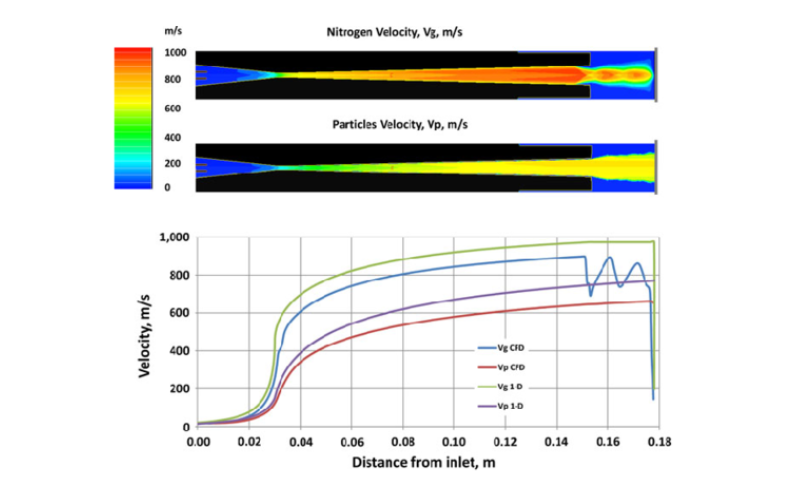冷喷涂中粒子速度的理论和实验
为了证实用于冷喷涂粒子速度分析的理论和实验技术,使用两种理论方法和一种实验方法来分析喷嘴在氮气中加速铝粒子的操作。使用计算流体动力学平台中的雷诺平均纳维-斯托克斯代码对通过喷嘴的流量进行二维 (2D) 轴对称计算。对于相同的喷嘴几何形状和初始条件,求解了一维等熵气体动力学方程。最后,通过双缝测速仪测量离开相同几何形状的喷嘴并在相同初始条件下操作的颗粒的速度。三种方法测定的出口羽流粒子速度比较相当好,差异可归因于摩擦和粒子分布效应。
关键词: 铝, CFD, 建模, 喷嘴, 速度测量
最初发表于《Journal of Thermal Spray Technology》(第 20 卷,第 425–431 页,2011 年)
作者:Victor K. Champagne、Dennis J. Helfritch、Surya PG. Dinavahi、Phillip F. Leyman
